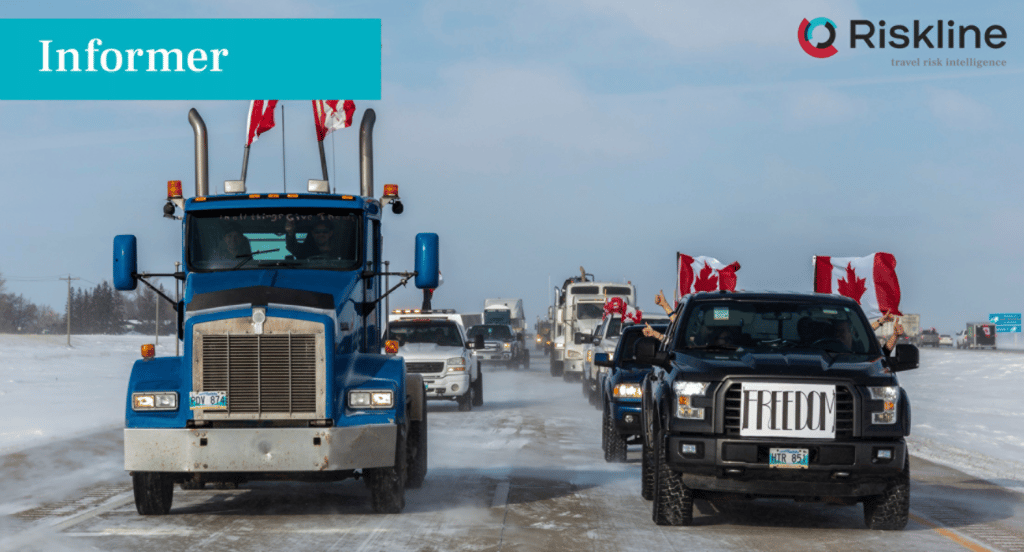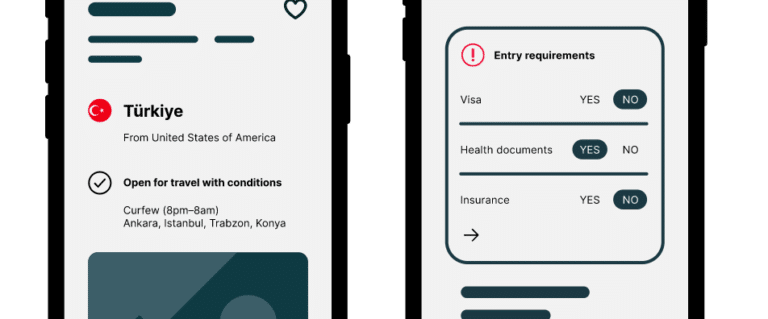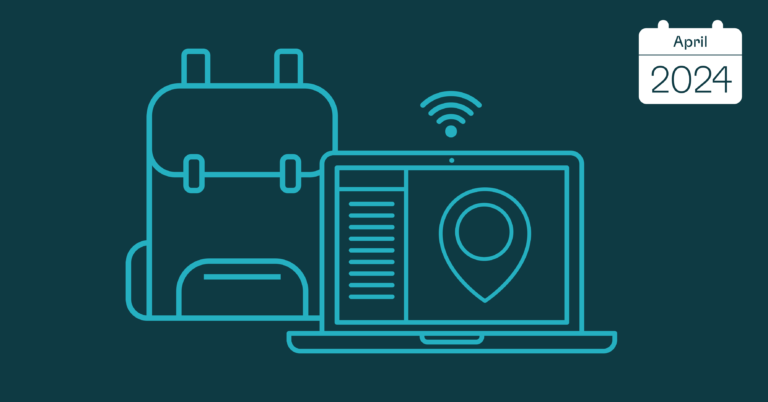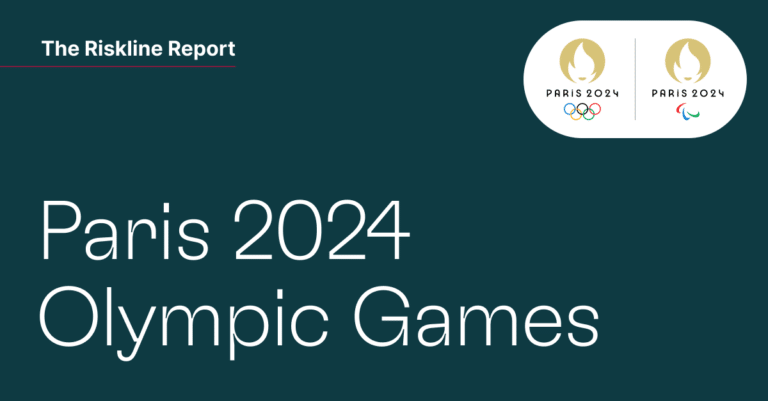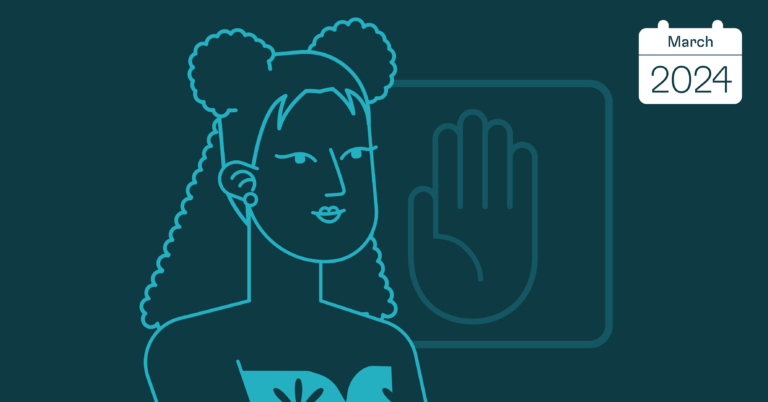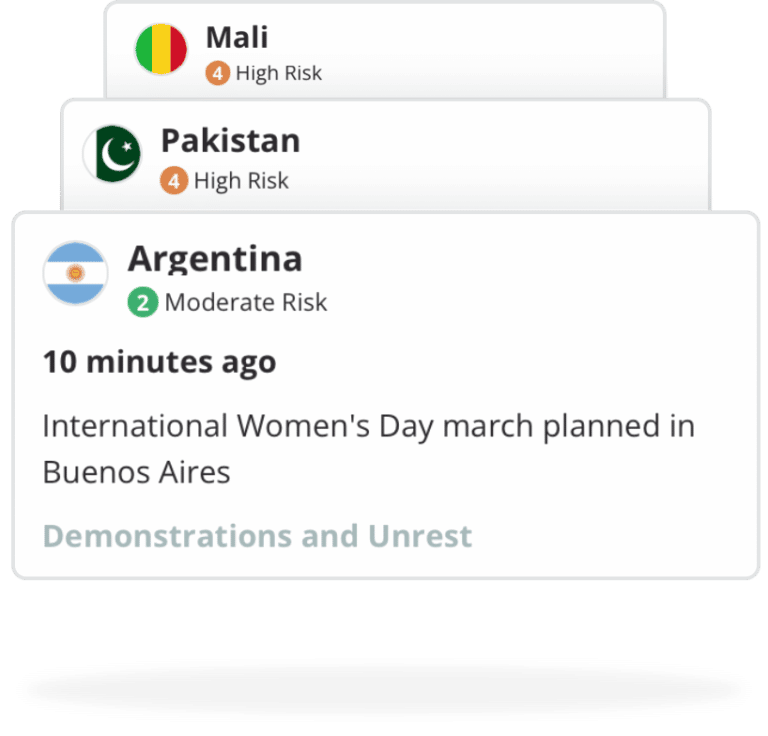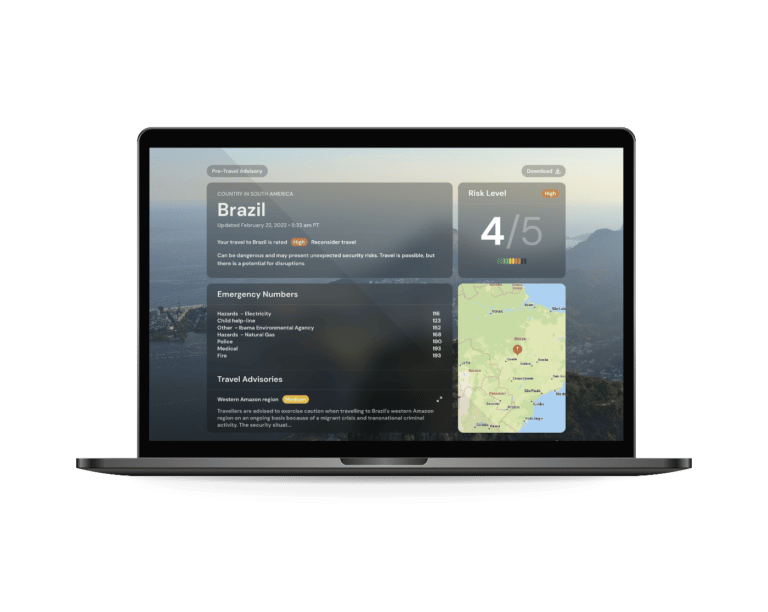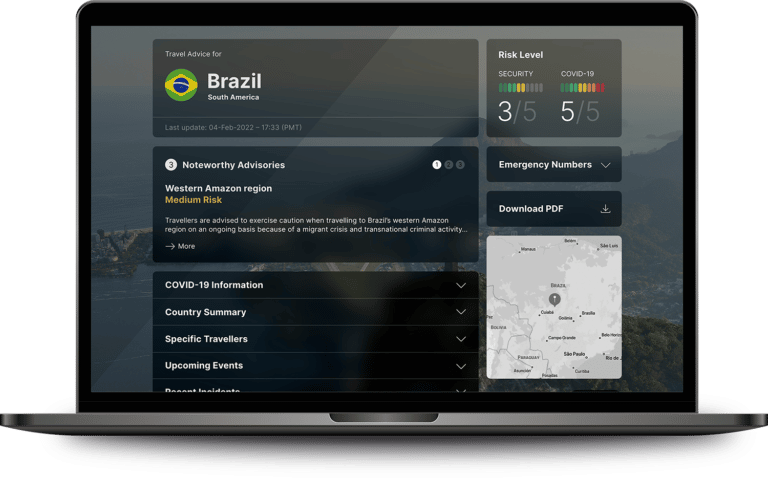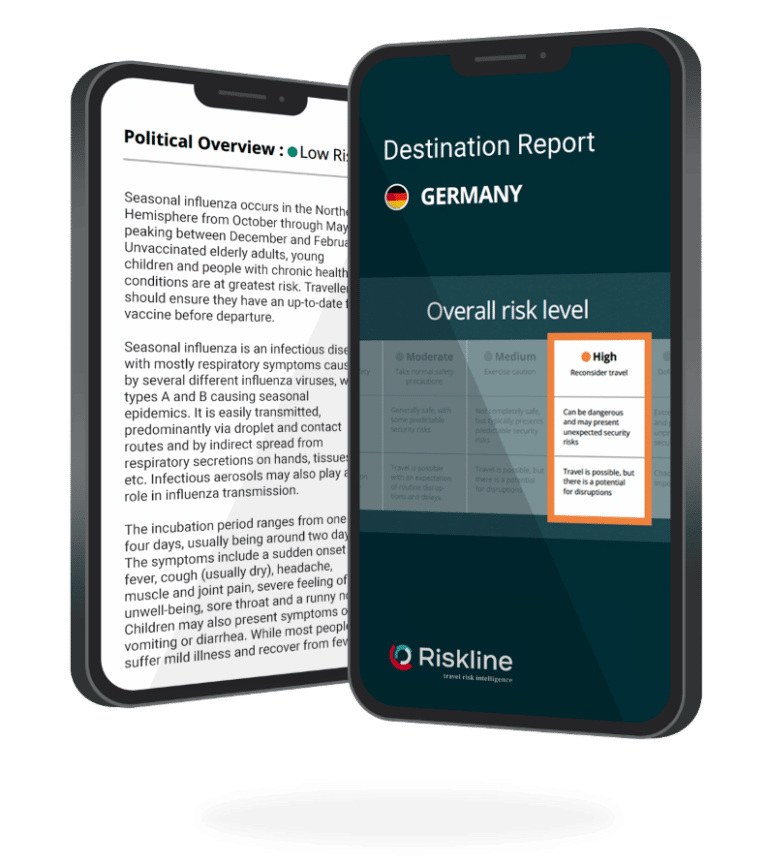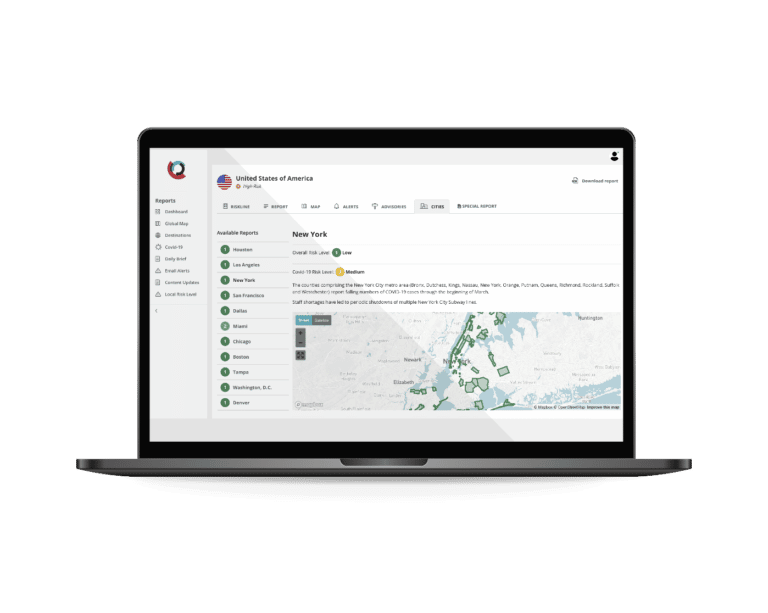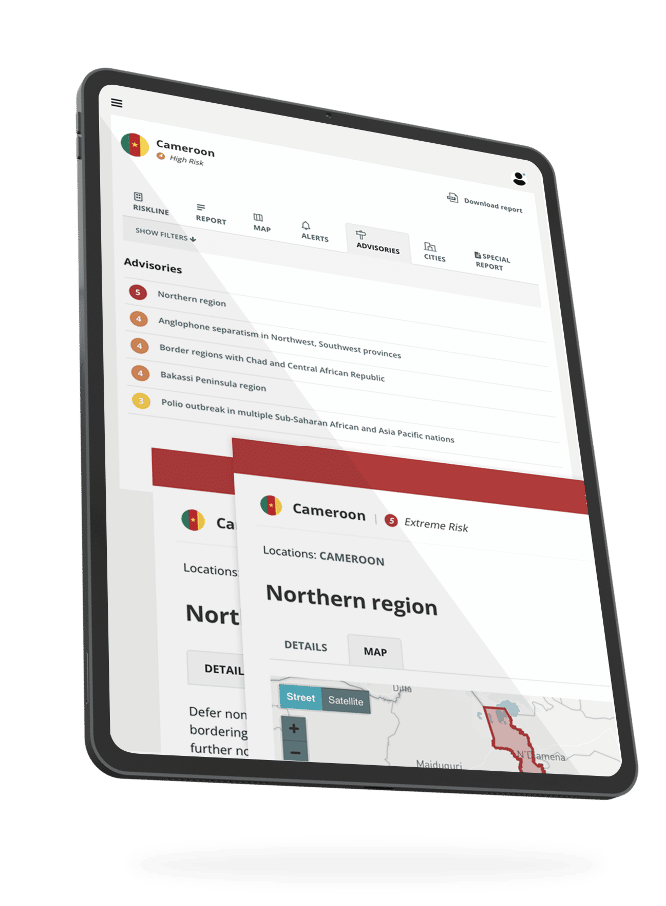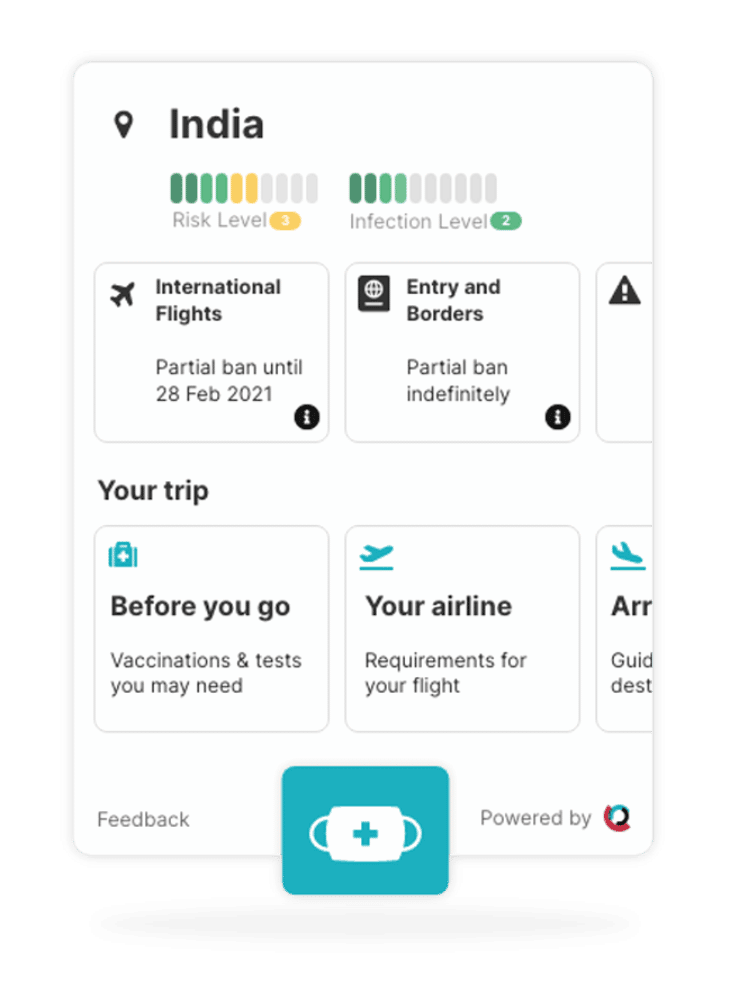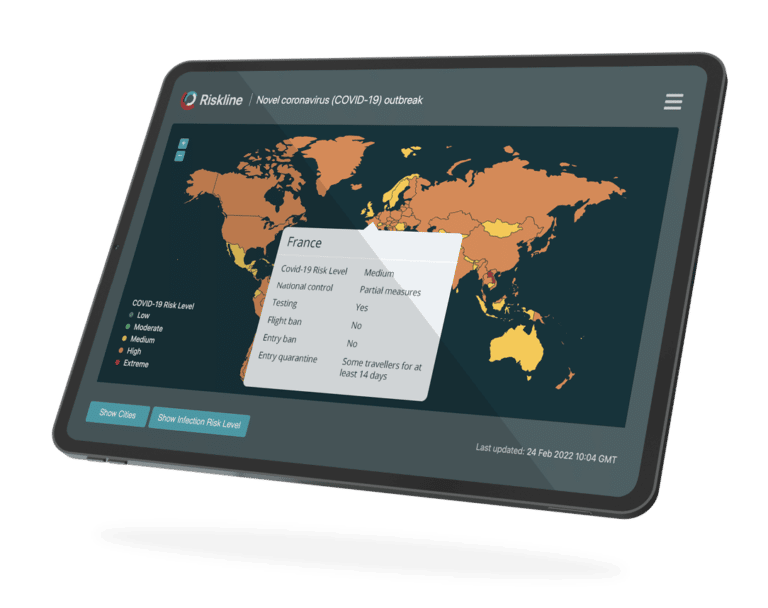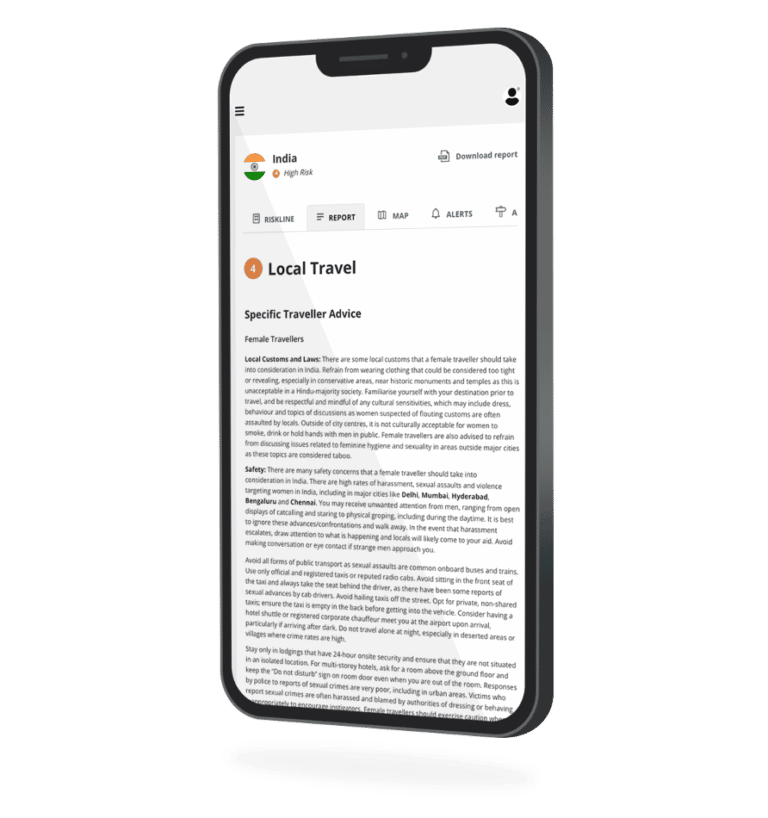By Paul Mutter
Introduction
On 28 January, thousands of activists nationwide converged on Parliament Hill in Ottawa to demand the lifting of all COVID-19 restrictions. Nominally triggered by vaccination rules for cross-border truckers, the protests primarily consisted of people not connected with the industry but activists mobilised by prior anti-pandemic restrictions protests since 2020. The organisers, many affiliated with far-right causes, embraced increasingly maximalist demands, including the resignation of Prime Minister Justin Trudeau and the formation of a new government.
Concurrent with the Ottawa protests, convoys numbering several dozen vehicles at a time blocked roads and bridges to the United States (US). The closure of border crossings in British Columbia, Ontario, Manitoba, Saskatchewan and Alberta cost the Canadian economy hundreds of millions of dollars a day, particularly the Ambassador Bridge border crossing between Windsor, Ontario, and Detroit in the US, due to the impact on the automotive industry. Frustrated with the slow and uncoordinated responses by provincial premiers, some of whom openly sympathized with the protesters while taking no firm action against them, the federal government invoked the Emergencies Act for the first time in its history.
While few of the provisions of the Act, which prohibits federalising municipal and provincial police departments, have actually been implemented, its invocation coincided with more stringent enforcement actions by local police, resulting in border crossings reopening by mid-February, though large protests have continued, especially in British Columbia and Alberta. Fatigue and disunity among the protesters, some of whom called on supporters to leave while others urged them to remain put, also took a toll. The toll was also incurred by Ottawa businesses and residents, from weeks-long closures, harassment and heavy noise and air pollution from idling vehicles that shut down swathes of the capital for three weeks.
The invocation of the Emergencies Act has, so far, proven relatively popular among the electorate, polling at approximately two-thirds favorability. It is likely the Act will not even be kept in place for the original 30-day declaration. Most of the negative sentiment in the polls directed against the Liberal Party and Prime Minister Trudeau has so far revolved around criticism that the federal government was not doing enough to stop the protests, rather than how they were dispersed.
Emboldened Anti-Government Sentiment
Canadian security services fear that while the protests were contained without casualties, they have activated a larger core of extreme anti-government activists who will continue to attempt major actions aimed at disrupting daily life to try extracting political concessions. In the most serious incident, in Alberta, the Royal Canadian Mounted Police (RCMP) arrested 13 people and confiscated firearms at the Coutts-Sweet Grass border crossing for allegedly planning to attack law enforcement officers. (Following the arrests, the blockade organisers denied any knowledge of the plot and decamped without incident.)
Further protests are also likely in the future because of the perception, albeit unprovable, that many provinces began scaling back public health measures to contain the COVID-19 pandemic midway through the unrest to try appeasing the convoy participants. Politicians have denied this is the case, citing instead the passing of the highly virulent Omicron-variant that triggered curfews and lockdowns during the winter holiday, but the perception of the issue counts for more than any official denials.
On the other side of the issue, in Ontario, ad hoc citizen solidarity groups mobilised residents to block convoys from moving around the capital region. These developments have future implications for counter-protest strategies, as well as shaming the authorities into taking action faster in the future before the situation escalates to the point where rival demonstrations are de facto controlling movement in and out of urban areas. State capacity was found especially wanting as municipal, provincial and federal leaders repeatedly failed to coordinate a unified response over their overlapping jurisdictions.
Officials also expressed concern at the number of US nationals attempting to cross the border in order to join the protests, though none were linked to extremist groups. But the flow of foreign donations, mainly from the US, and sympathetic coverage of the protests by conservative American media, has been far more important in boosting the profile of the movement.
Concerns over the source of funds prompted the federal government to ultimately freeze multimillion dollar crowdsourcing campaigns and impose banking restrictions on dozens of protest organisers. The use of federal financial laws to increase logistical hurdles is unlikely to be repeated in the US but will spur changes in how grassroots funding is collected and disbursed in order to avoid frozen funds in the future. Especially as opponents of COVID-19 vaccine mandates in the US are now planning their own cross-country convoy.
Summary
For one month, an anti-government protest movement was able to impede international commerce and blockade the seat of government in Ottawa to protest COVID-19 vaccine mandates and call for a change in government. The delays in dispersing these protests have major implications for Canadian politics and domestic extremism going forward.
Paul Mutter is a US-based political and security risk analyst.

